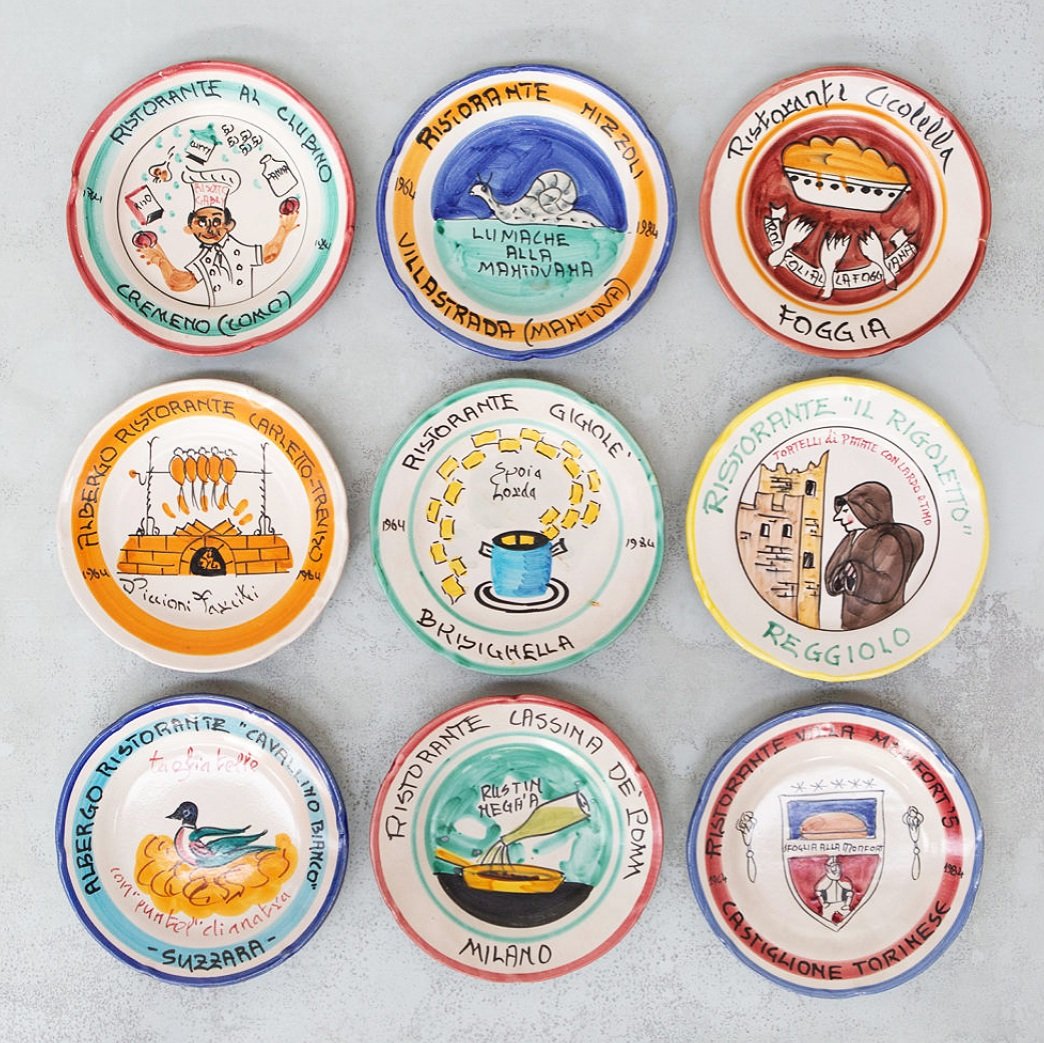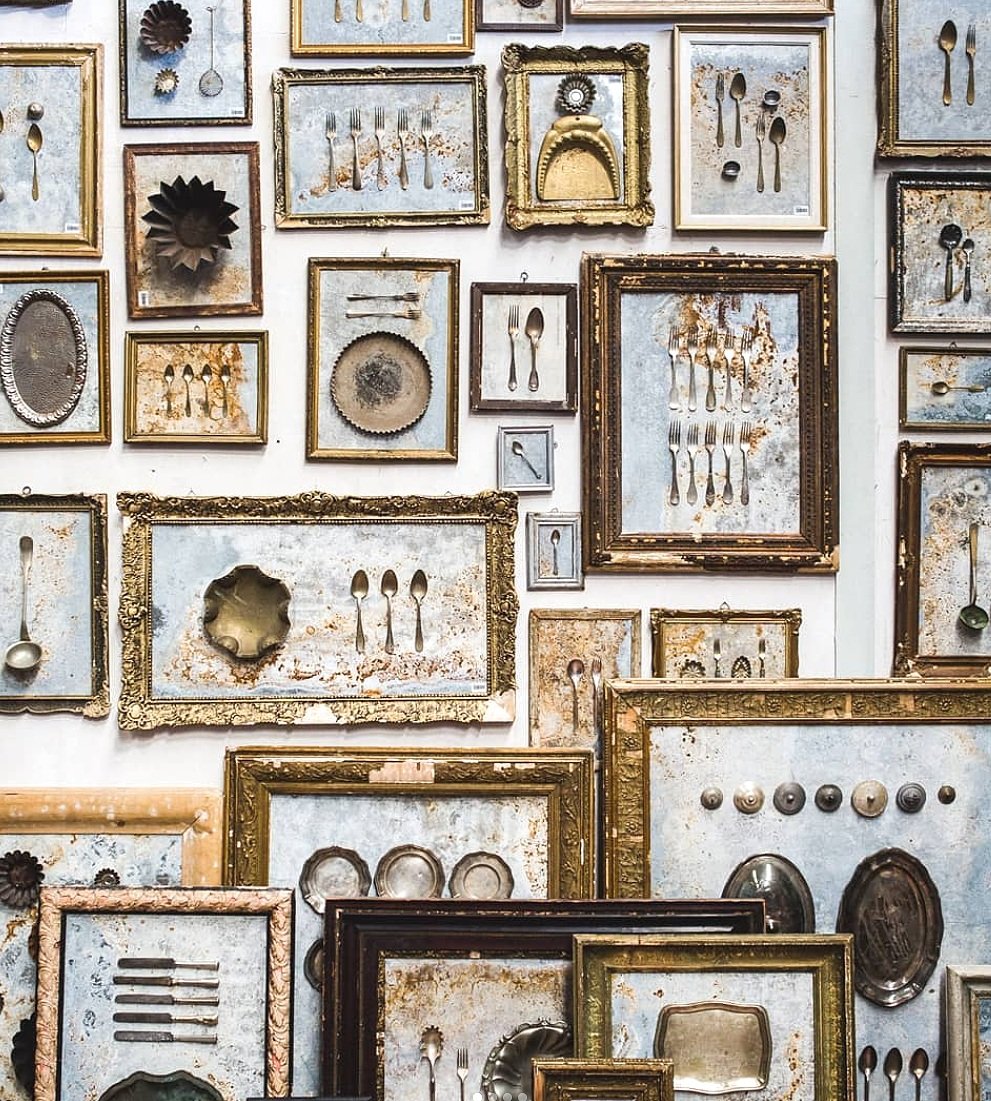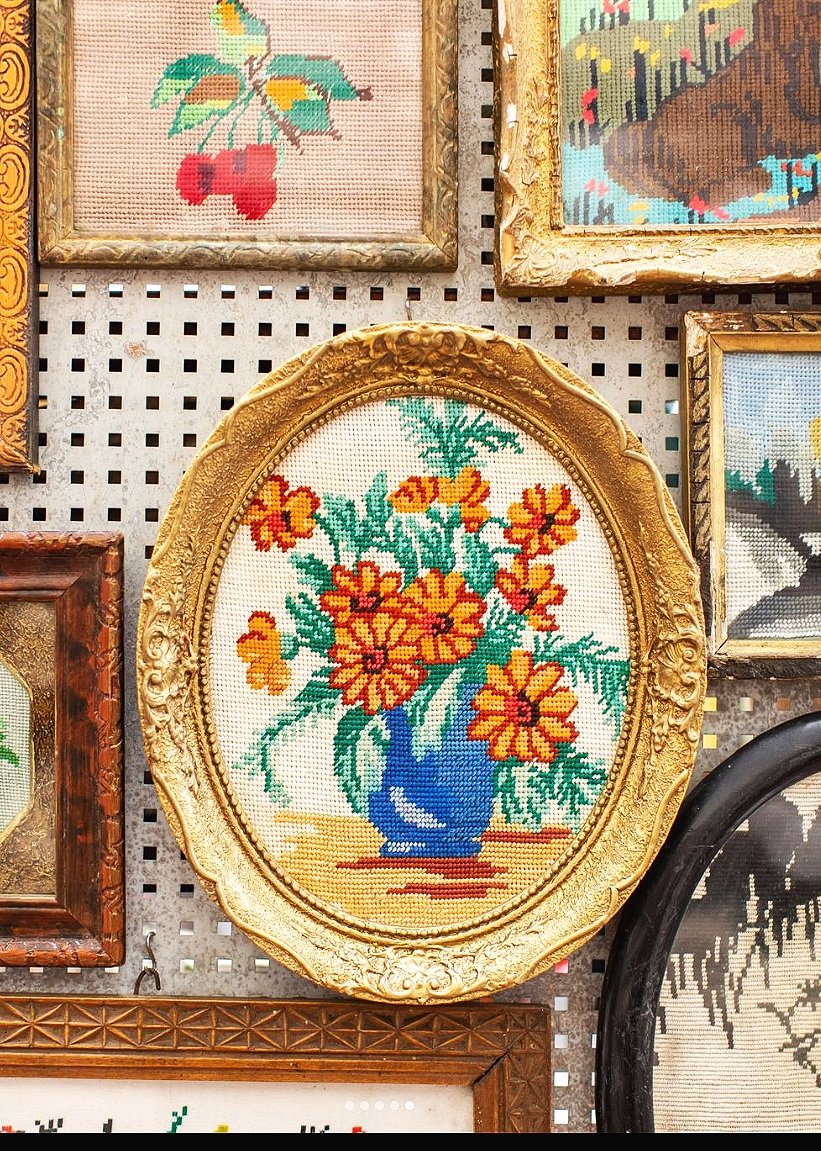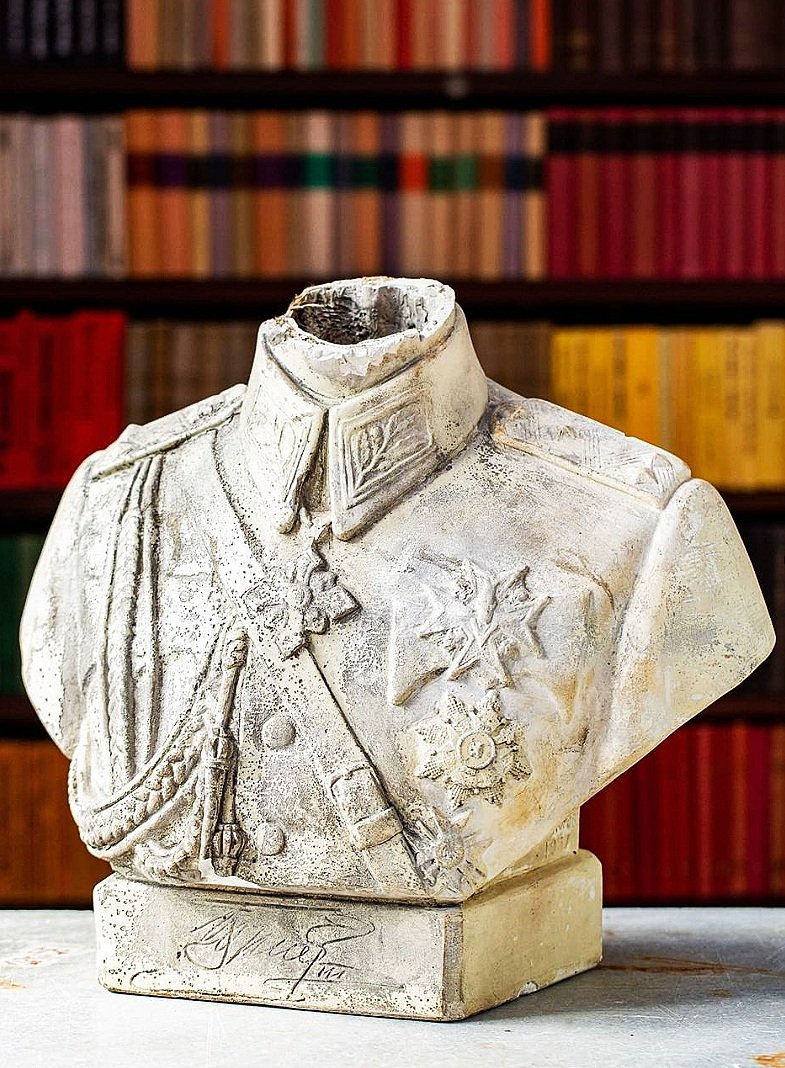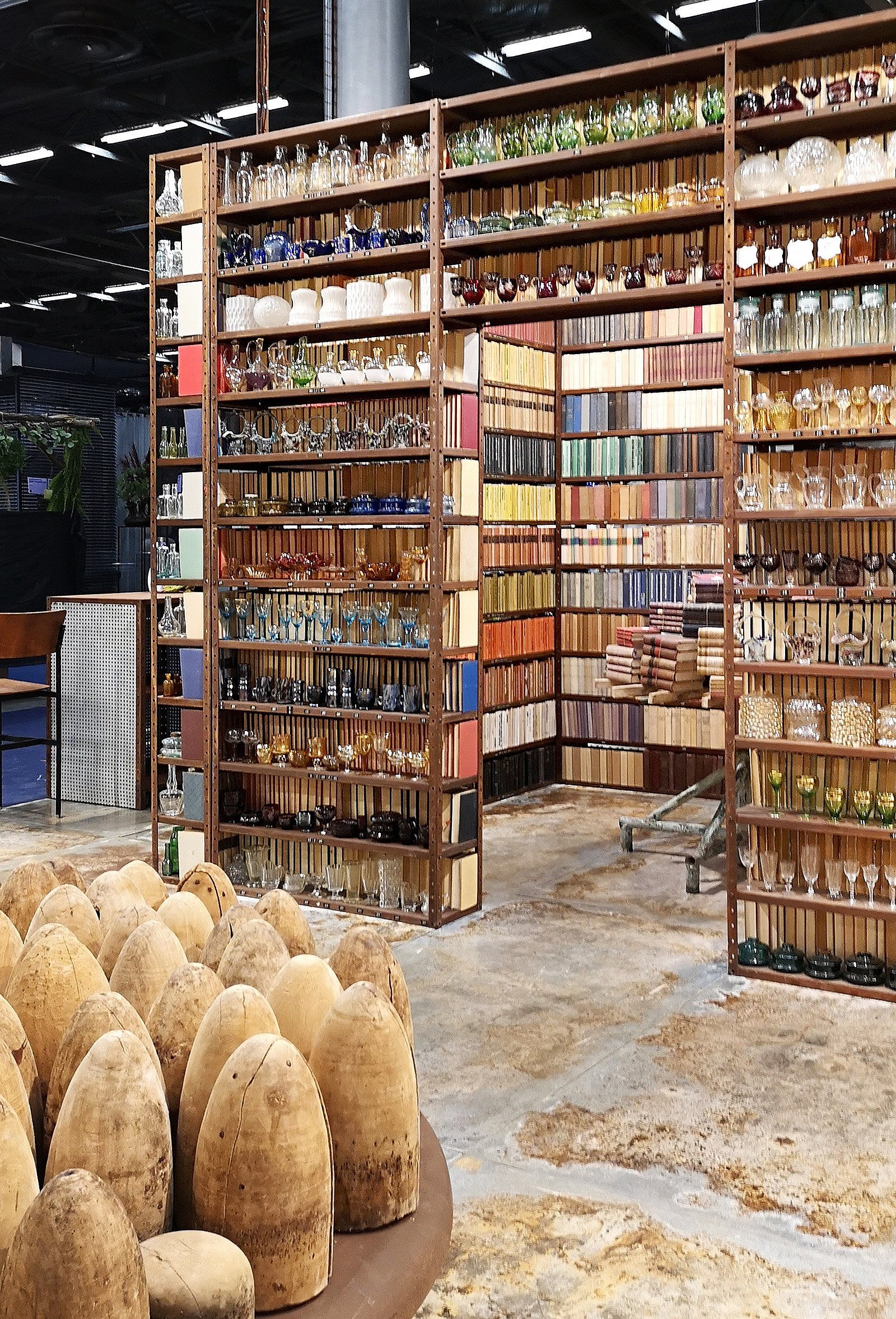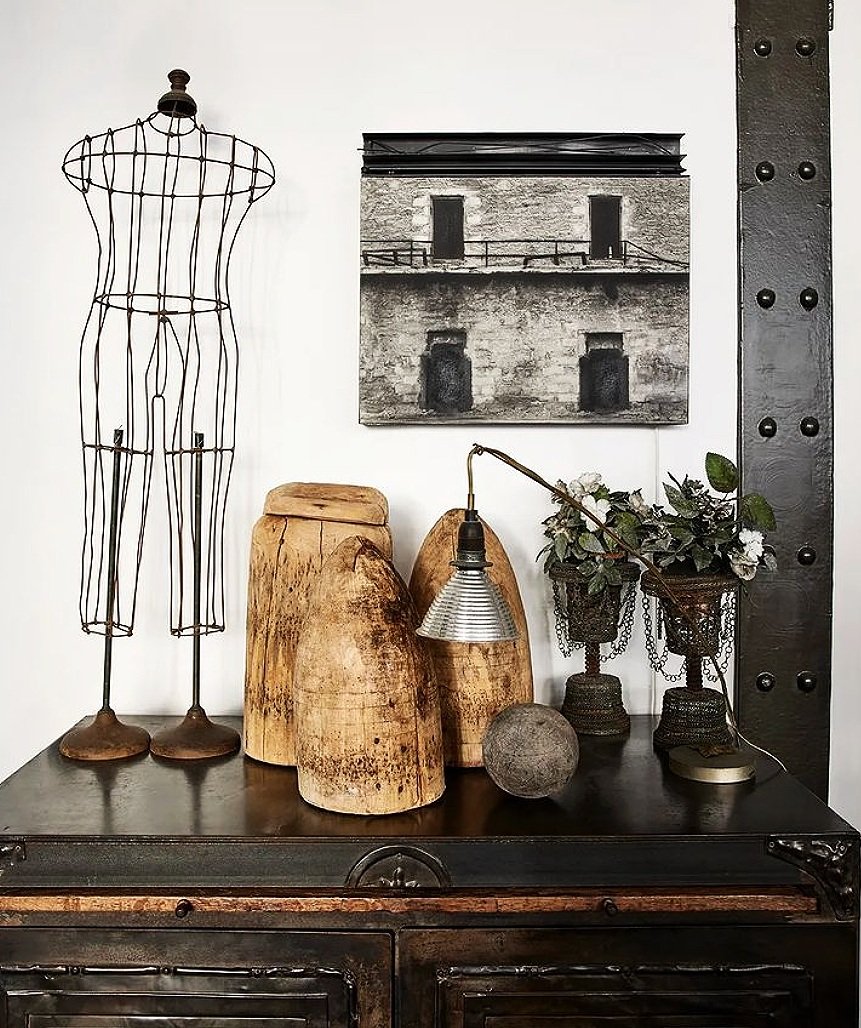All'Origine Balkan Woven Glass Flask 5
All'Origine Balkan Woven Glass Flask 5
Mid Century Balkan Woven Glass Flask
Product Details:
Artisanal Woven Flask
Material: Glass with metal or plastic mesh
Mouth blown or molded glass with hand woven shell
Area: Balkan Countryside, Europe
Period: 1950’s-1980’s
Dimensions: Height 25cm X Width 12cm X Depth 10cm
All products have undergone cleaning and when needed slight restoration aimed at maintaining the condition in which they are found. The aim of All”Origine is to stay as much as possible true to its original state.
Background: A typical mid-century Balkan craft, some call them "woven flasks", others call them "braided bottles" and others yet "scoubidou bottles". Clearly there was no big marketing plan when these were invented and for sure nobody referred to them in the English language. Before single use plastic containers became widespread one of the best ways to carry around liquids for consumption on the go was to contain them in a glass vessel wrapped in wicker for protection. As industrialization moved on there was a time and place where the most convenient way of doing so was by weaving not wicker but plastic wire around a glass container. These products were typical of the Balkans and spreading through to other European countries in the 60's and 70's, where throughout the most part of the XX century it was common practice for men working as miners to salvage plastic wrapped wire from detonators and other electric equipment. Women would use this material to weave extremely unique patterns around glass bottles and flasks that were also second hand. This was a cheap way to obtain a container you could carry around that had a handle and that didn't break as easily as a naked glass vessel.
All’Origne is the leading Italian specialist in European objects of the XX century ranging from artisanal craft objects for common household use, to rural and industrial artifacts. All the objects that they select are original and for the vast majority datable between 1940’s and 1960’s. With a profound love for old objects, they have a widespread collective network of pickers who spend the year traveling all around Europe sourcing products. Background research is done on every typology of object collected and that knowledge is shared and spread as much as possible.
“ Old objects resonate with me much more than new ones. I wouldn’t say I have any kind of prejudice towards new objects, they are just more silent to me. Old things make me feel connected with my childhood, they bring my memory back to my grandparents’ house. I’ve really been surrounded by old stuff my whole life. I see them as more unique, more special. And when they break you can mend them if you know how and the patch will blend in, while with new stuff it doesn’t work. A mend will stick out like a sore thumb. See I’m wearing secondhand clothes and (though it may disgust you) yes, my shoes are second hand too. I’m not saying I don’t like your white sneakers though; I would totally buy a pair like yours if they were provided to me with the right degree of wear and tear. [...] I do value elegance a lot. A certain kind of elegance at least. Not the freshly-ironed-dress kind of elegance. I would not know how to define it, but that particular type of elegance which I aspire to is something that can and should be applied to all the aspects a person’s life: in the way of speaking, of handling situations, of dressing, moving, styling one’s home and beyond!” — All’Origine’s art director Corina Jucan














